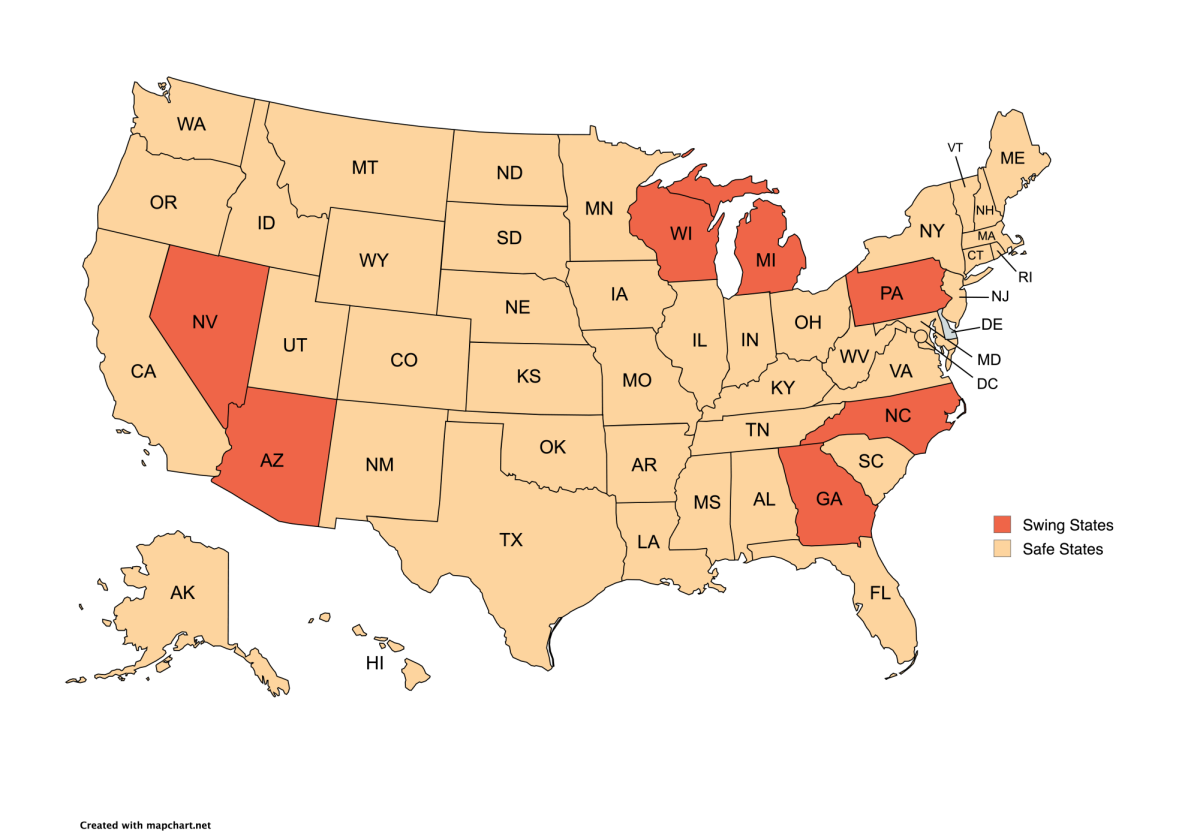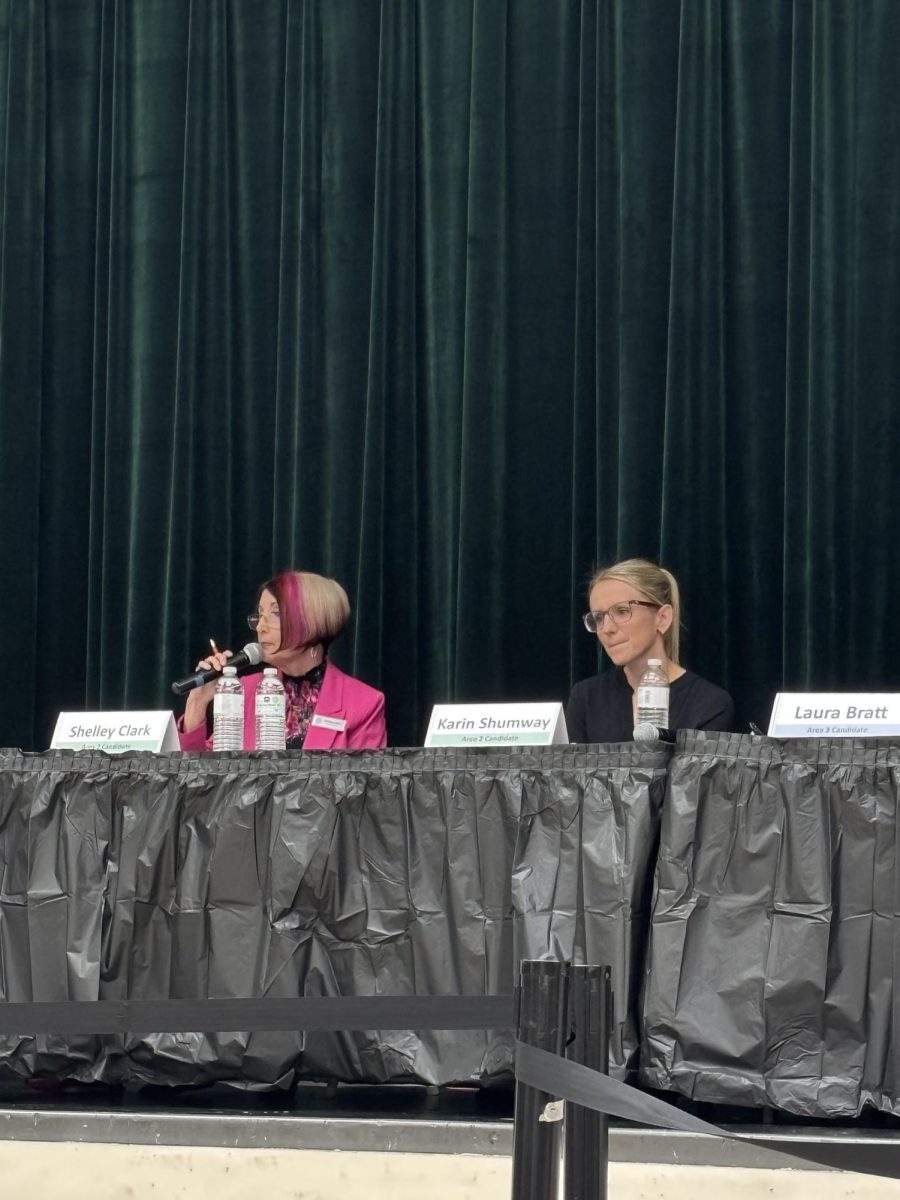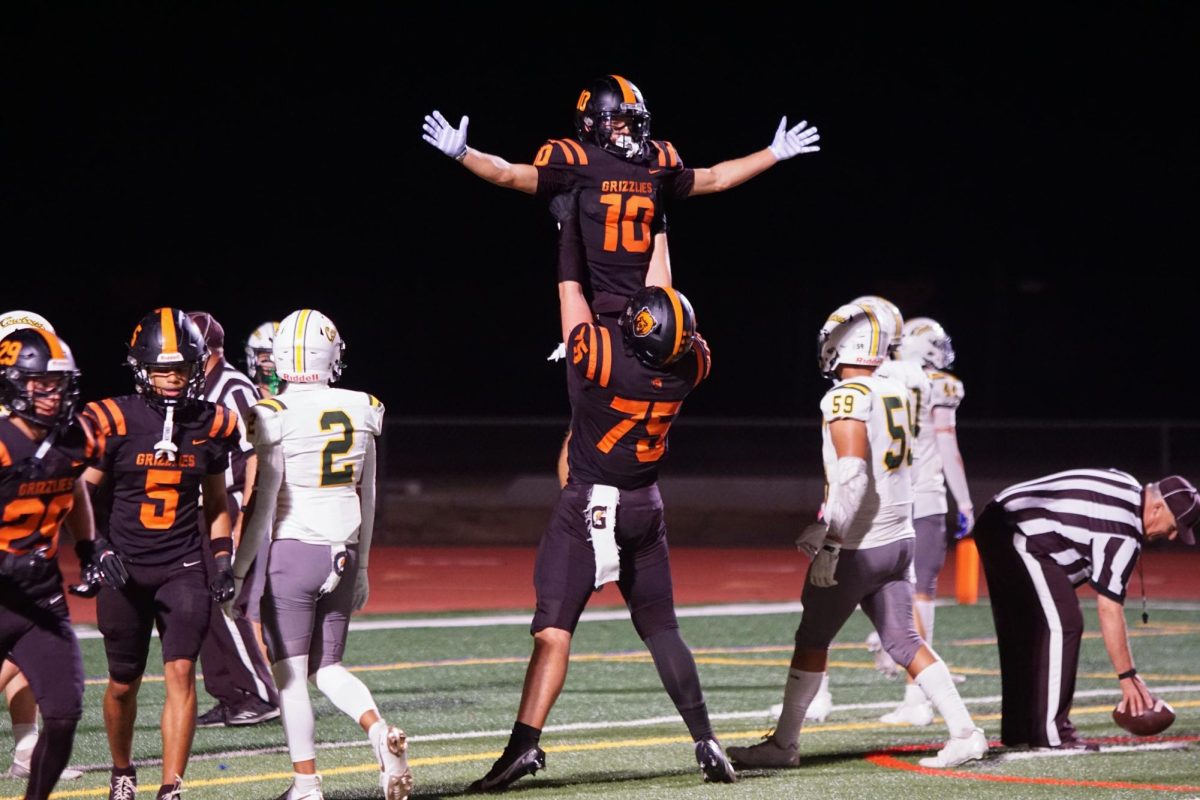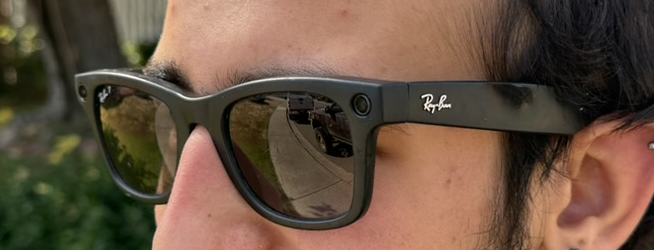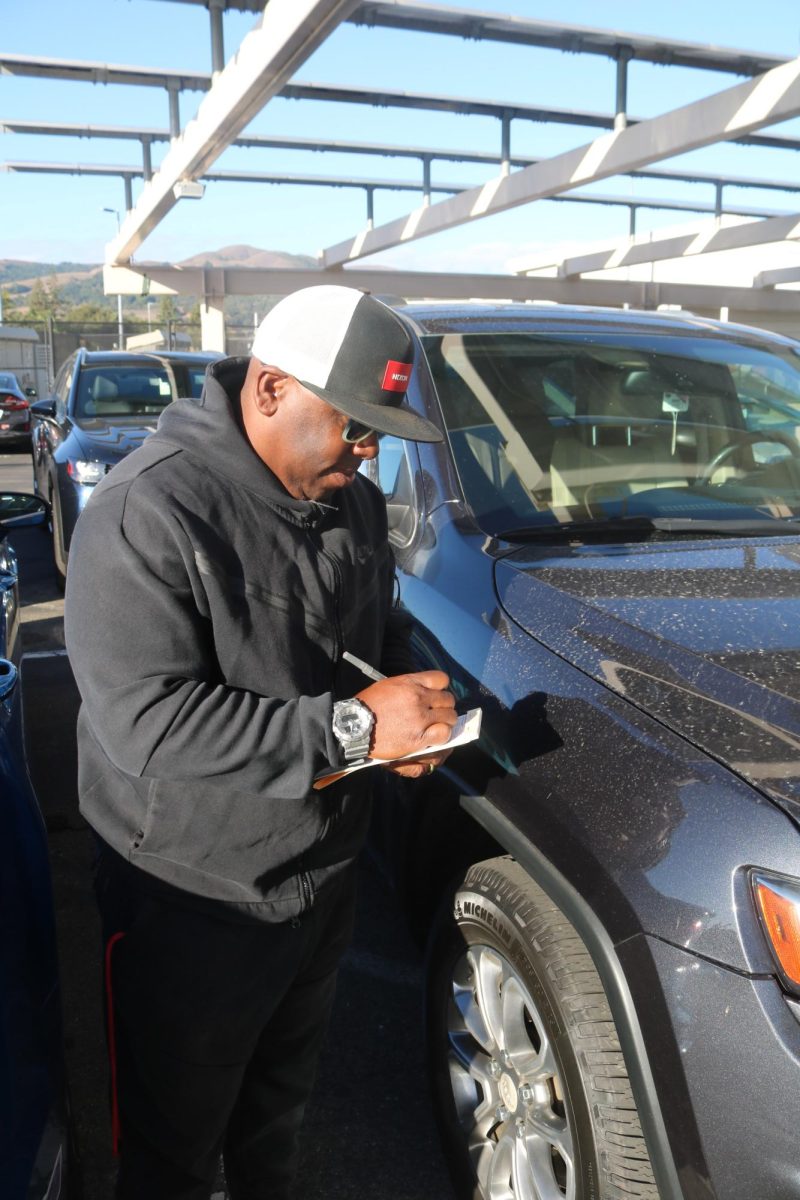With Vice President Kamala Harris and former President Donald Trump neck-and-neck heading into today’s presidential election, seven swing states are expected to determine the outcome.
This year, only seven of the 50 states are considered swing states with the rest all comfortably Democratic or Republican, according to public opinion polls.
Across the swing states, starting from the desert Southwest to the Upper Midwest and trailing back down to the South, lies states where candidates of both the Democratic and Republican parties have similar levels of support. The swing states are Arizona, Georgia, Michigan, Nevada, North Carolina, Pennsylvania and Wisconsin.
The other 43 states seem to rest comfortably as Democratic or Republican, according to US & World Report News.
Changing demographics and the ever-evolving audiences can make traditionally red or blue states transform to purple.
An example of a newly added swing state is Georgia, which shifted into this category in the wake of President Joe Biden’s victory in 2020. In Georgia’s case, many Democrats moved to the once Republican state in the past decade, transforming it into a swing state.
The 43 states classified as “safe” means they almost always support a specific party. For instance, Texas is considered to be a safe state for Republicans, as candidates from this party have only lost the state once in the last 10 elections.
A president needs to secure 270 of the 538 electoral votes, 93 of which come from these seven swing states. Electoral College votes are distributed across states according to their relative populations.
When the U.S. constitution was drawn up in 1787, a national popular vote to elect a president was practically impossible because of the size of the country and a lack of reliable communication methods. This led the framers of the constitution to create the Electoral College system, which ensured that voices from sparsely populated states had a voice in picking the president.
“It’s such an elusive system that just happens to play the biggest role in the election,” English teacher Dakota Valdez said.
Swing states often tend to be better predictors of the overall winner, which is why both Harris and Trump have made them a priority of their campaigns by targeting these area with more visits and rallies as the election season rages on. Their campaigns, as well as the media’s attention, are focused on connecting with as many voters as possible in those states.
The Electoral College, a huge determining factor of the U.S. presidential elections, remains a topic of heated debate about how it represents the vote of all citizens.
“The ideologies and culture of the non-swing states portray the individual’s vote towards their party,” senior Arjun Menon stated.
Junior Luana Oliveira believes that even though the implementation of the Electoral College isn’t necessarily fair, it makes sense for the country at present.
“The Electoral College’s winner-takes-all system leaves votes from non-swing states almost irrelevant,” Oliveira said. “It is only natural that presidential candidates would ignore states like California and Texas while spending more time in states such as Arizona, Florida, and Georgia, where they have a chance to win more electoral votes.”
Some teachers, on the other hand, emphasize the historical context of the Electoral College.
AP United States Government and Politics teacher Andrew Brandon said the intent of the framers was to focus on representation in two different ways: the popular vote and the electoral college vote.
“I would be curious, personally, to see how the framers viewed modern day interpretations of the electoral college,” Brandon said. “Since a lot of why they created it was because they did not think that the populace was educated enough, or impractical geographically at that time period because of communication.”
History teacher Chris Doherty said the electoral college prevents the most populous states from controlling the presidency by requiring candidates to secure support across a broader range of states.
“This can be shown when Abraham Lincoln won the presidency with just 39.8% of the popular vote,” Doherty said. “This essentially demonstrates how the electoral college can elevate a candidate even without a nationwide majority.”
Since elections often come down to just a few battleground states, voters in non-swing states may feel their vote doesn’t matter. Oliveira suggests that for those seeking a solution to this, a direct and equal voting system would be ideal, where every vote nationwide counts the same.
“This would make the election more representative, ensuring that every citizen’s vote has an equal importance, no matter where they live,” Oliveira said.
Doherty believes that there is a way to bring representation to the non-swing states in a fair and equitable manner.
“States like California and Texas could receive more attention if they allocated their electoral votes proportionally, like Maine and Nebraska, instead of using a winner-take-all system,” Doherty said.
Menon encourages that people should still take the time to vote, even if they reside in a safe state.
“For those who don’t live in swing states and feel like their vote doesn’t matter, it still does, and individuals should still get out there and vote,” Menon said. “Every vote is still counted towards the state’s electoral college.”
Seven swing states to determine this election
93 Electoral College votes from these states will push new president into office
Mishti Ramachandra, Features Editor
November 5, 2024
The seven swing states, indicated in dark orange, carry 93 Electoral College votes and should determine the next president.
Story continues below advertisement
More to Discover
About the Contributor

Mishti Ramachandra, Features Editor
Senior Mishti Ramachandra, currently a Features Editor, is diving into her last year with The Californian. This year, she’s excited to finally help plan out the memorable senior issue at the end of the year and come up with all the interesting and creative layouts for the Features section. She initially joined The Californian in her sophomore year (which was forever ago) because she wanted to gain valuable writing and a creative outlet to express ideas going around the school. She loves writing, hanging out with her friends at downtown restaurants, traveling to new countries, and indulging in new novels, all the while drinking and brewing a cup of warm coffee. She basically loves anything induced with caffeine (except for matcha, which tastes like grass in her opinion). Amid her busy schedule, she’s always on the lookout for a precious second of sleep—whenever she can find it.
